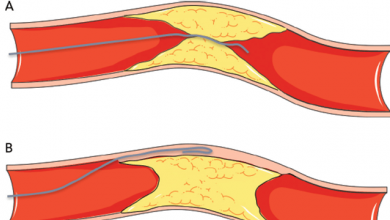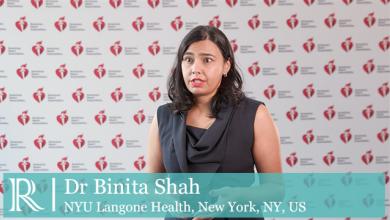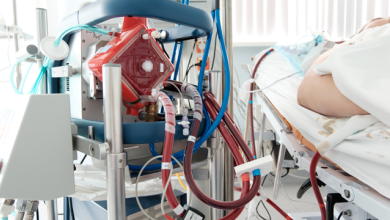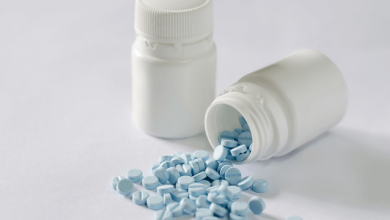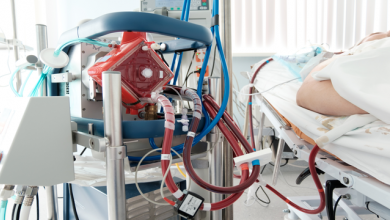Search results
Author(s):
Hans P Niendorf
,
P Lengsfeld
,
M Bräutigam
Added:
3 years ago
Contrast-induced nephropathy (CIN) in the actual essence of the term refers to renal damage induced by a contrast medium. The ultimate clinical manifestation of CIN is renal failure requiring dialysis, and this article will concentrate on CIN as a clinical outcome. However, transient rises in serum creatinine have been frequently used as a surrogate marker that is suggested to predict renal…
View more
PCI for Chronic Total Occlusion
Author(s):
Giovanni Maria Vescovo
,
Carlo Zivelonghi
,
Benjamin Scott
,
et al
Added:
3 years ago
Article
Author(s):
Binita Shah
Added:
4 years ago
Dr Binita Shah (NYU Langone Health, New York, NY, US) discusses Colchicine in Percutaneous Coronary Intervention (PCI).
Questions:
1.What is colchicine and why study it in PCI?
2.What was the study design, patient population and primary and secondary outcomes?
3.What were your outcomes?
4.How do these compare to those in the COLCOT study?
5.How should your study be interpreted in clinical…
View more
Author(s):
Ahmed M Alabbady
,
Ahmed S Abdul-Al
,
Kimberly A Skelding
Added:
3 years ago
The introduction of percutaneous coronary angioplasty in 1977 by Dr Andreas Grüntzig1 was one of the most remarkable achievements in the cardiology realm, opening the door to numerous advancements in percutaneous coronary interventions (PCIs). Due to advances in PCI techniques over the past four decades, catheters along with four generations of coronary stents have dramatically changed the…
View more
Author(s):
Rhian E Davies
,
J Dawn Abbott
Added:
3 years ago
Percutaneous Coronary Intervention for Clinical Syndromes
Stable Angina
The primary benefit of percutaneous coronary intervention (PCI) over medical therapy in patients with stable angina is the improved quality of life. The PCI in stable angina (ORBITA) trial was the first sham-controlled trial of PCI where 200 medically optimized patients with single vessel disease were randomized to PCI or…
View more
Author(s):
Gregory J Dehmer
Added:
3 years ago
The use of percutaneous coronary intervention (PCI) for coronary artery revascularization has grown considerably since the first balloon angioplasty in 1977. Improvements in equipment and drug therapies plus the development of coronary artery stents have all contributed to the growth of PCI as an alternative to surgical revascularization. Compared with the early days of balloon angioplasty, when…
View more
Author(s):
Alexander G Truesdell
,
Rhian E Davies
,
Moemen Eltelbany
,
et al
Added:
1 year ago
Author(s):
Duk-Woo Park
,
Do-Yoon Kang
Added:
7 months ago
ESC 2023 — We are joined onsite by Dr Duk-Woo Park and Dr Do-Yoon Kang (Asan Medical Center, Seoul, KR) to discuss the findings from the OCTIVUS study (NCT03394079).
The OCTIVUS study (Seung-Jung Park, CardioVascular Research Foundation, Korea) aims to compare the clinical safety and efficacy of optimal coherence tomography (OCT) guided and intravascular ultrasound (IVUS) guided strategies in…
View more
Author(s):
Despoina-Rafailia Benetou
,
Panayotis K Vlachakis
,
Charalampos Varlamos
,
et al
Added:
2 years ago
Author(s):
Charles Simonton
,
Craig Thompson
,
Jason R Wollmuth
,
et al
Added:
3 years ago
Coronary artery disease (CAD) is a leading cause of morbidity and mortality globally, despite advances in medical and preventive therapy. It is estimated that 18.2 million adults in the US have CAD, with 720,000 Americans projected to have a first hospitalization for MI or CAD death this year.1 Treatment of patients with symptomatic CAD includes guideline-directed medical therapy and coronary…
View more









